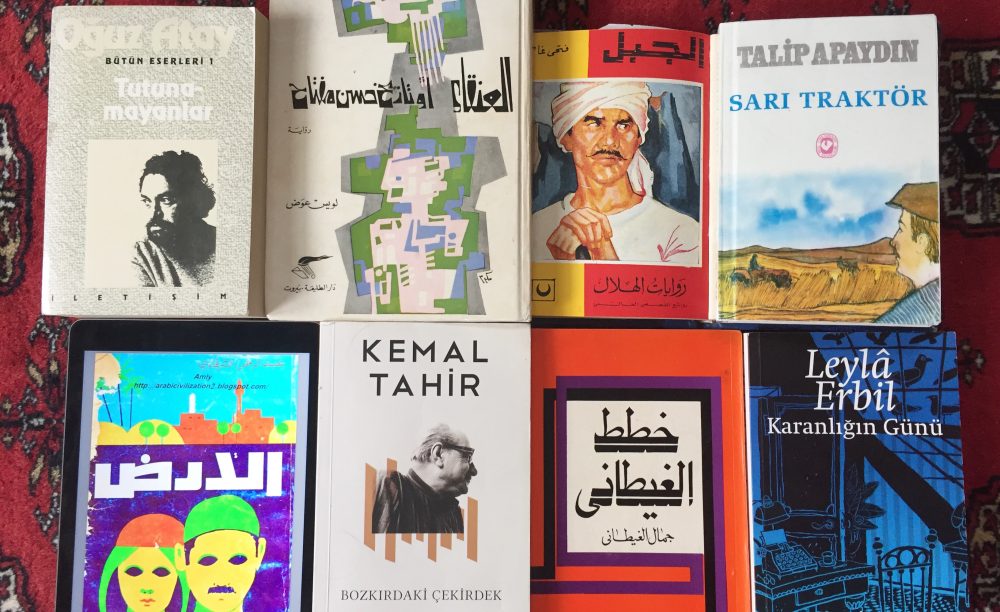Thomas, Bronwen. Fictional Dialogue: Speech and Conversation in the Modern and Postmodern Novel. University of Nebraska Press, Lincoln, 2012.

Gennette “scene” – dialogue practically takes place in real time
Direct discourse fallacy – it’s not mimesis
We don’t have a direct copy but question how it’s been reported to us (Sternberg ‘s quotation theory”
But even this critique relies on an ideological of the real
Realism in dialogue has shifted from not portraying curt speech to it being a requirement
The fascination over fictional dialogue has never been about measuring its accuracy or authenticity, but rather about trying to understand why the experience it offers me as a reader is so exhilarating”
“Dialogue affords the reader, particularly in offering the sensation of being in the midst of an event, a performance, where boundaries of all kinds are eroded and outcomes uncertain.” (pg. 1-2)
Quasi-direct discourse “between the reported speech and the reporting context, dynamic relations of high complexity and tension are in force.”
Challenged and exposed the “direct discourse fallacy” – direct speech has a kind of authenticity and immutability denied to other forms of representation.
Alan Palmer – Speech and thought have continuing consciousness, novels are full of references to joint or group thinking.
Dialogue has a metacommunicative function, reflecting not just on how groups of characters choose to behave toward and interact with one another but also to suggest how those forms of talk are socially situated and become socially sanctioned.
dialogue plays a crucial role in helping to create and populate credible fictional worlds and in contributing drama and vitality to the actions and situations located within those worlds.
fictional dialogue is often highly stylized and that what passes for an accurate reflection of “real speech” may be simply the product of a “linguistic hallucination” (Fludernik 1993, 453) in which the reader readily participates.
Meir Sternberg (1981, 237) playfully contends that “the trouble is that, unlike the proverbial old dog, mimesis has been taught so many new tricks and has such an aptitude for learning new ones, that its performance can hardly be reduced to a single univocal bark.”
Sternberg argues, any analysis of fictional dialogue must be alert to the fact that “the most potent effects of direct speech . . . turn on various strategies of interference and montage”(1982a, 69)
What Monika calls we-narratives, in which (1) action (groups that do things on the plot level); (2) thought or attitude (groups that have a common viewpoint and express a common attitude); and (3) narration (groups that engage in collective storytelling as co-authors and co-narrators)
Turning next to the delineation of collective consciousness, one has to observe at the outset that—even in factual narratives—this is a fiction. Collective mindsets are speculative attributions of attitudes and opinions but also of dispositions. They occur pervasively in historiography, everyday conversational narrative, and fiction. In con- trast to the thought process of individual protagonists, a collective consciousness very rarely comes in the form of interior monologue; the standard mode of representation is that of psychonarration, but there are also some examples of free indirect thought (see Houghton 139).
Lots of the fallacies over seeing speech as either transcript or as a transparent reflection of consciousness, that which makes dialogue the “handmaid of bourgeois humanistic ideology” can be avoided by thinking about Gramsci’s theories of language as being socially and politically embedded.

